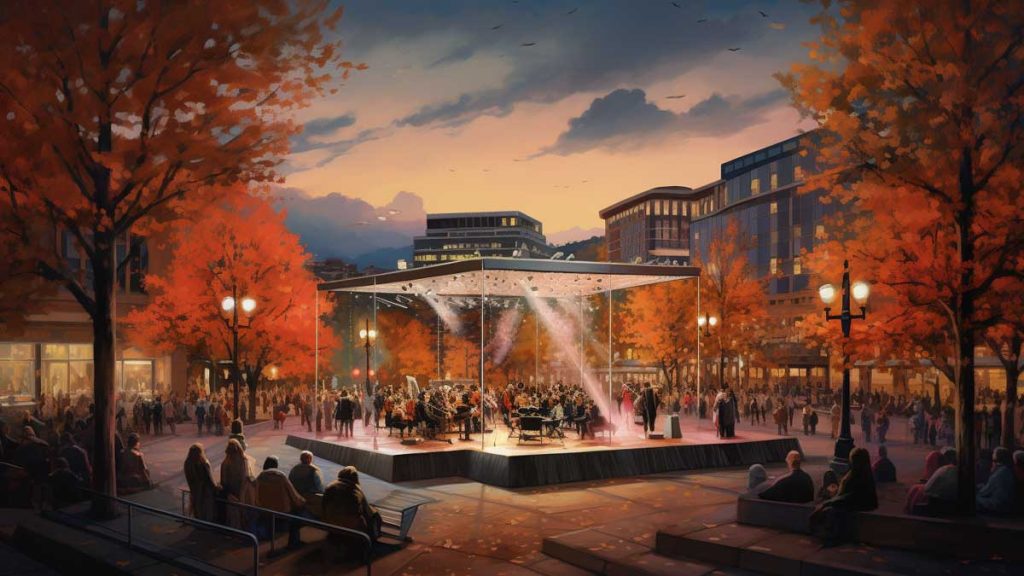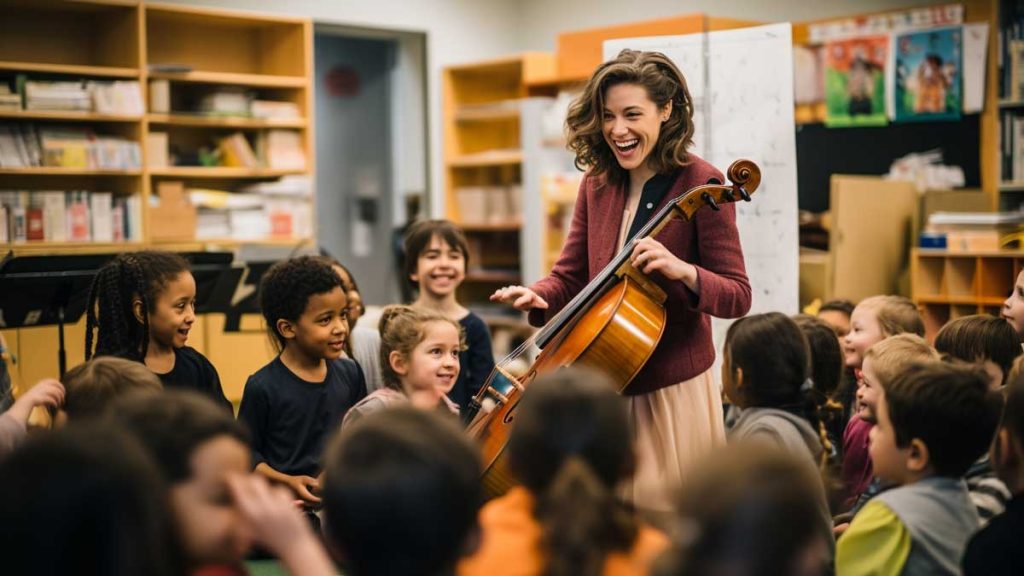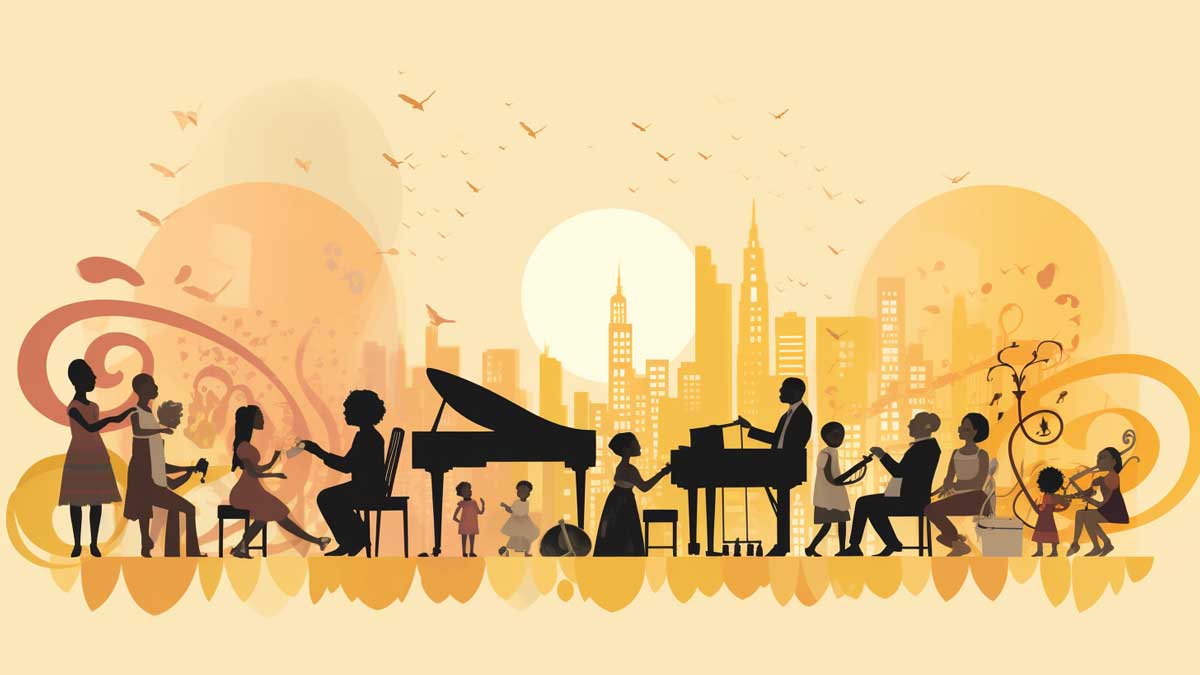In the hallowed halls of classical music, a movement is underway, striving to dismantle barriers and create a vibrant, inclusive space for all. In this article, we embark on a compelling exploration of the ongoing efforts to make classical music accessible and diverse. Join us as we delve into the inspiring initiatives that are transforming the classical music landscape, fostering inclusivity, and nurturing a harmonious bond with audiences from every corner of the world.
Embracing Diversity
Classical music, long considered a bastion of tradition, is evolving to embrace the rich tapestry of global diversity. Orchestras, ensembles, and prestigious institutions are making intentional efforts to broaden their horizons by seeking out talent from underrepresented communities.
This proactive approach not only brings fresh perspectives to the stage but also ensures a wider array of voices and experiences are woven into performances. The inclusion of musicians from various backgrounds enriches the collective sound, offering audiences a more holistic and authentic musical journey.
Furthermore, there’s a rising tide of appreciation for composers from diverse ethnicities, cultures, and genders. Their innovative compositions, stemming from unique personal experiences and cultural histories, are gaining recognition and taking their rightful place in concert repertoires worldwide.
When classical music genuinely reflects the multifaceted diversity of our global society, it transcends being merely an art form and becomes a powerful medium for cultural exchange. Through this transformative art, barriers of race, ethnicity, and gender are being dissolved, paving the way for a more inclusive and harmonious world.
Redefining Concert Spaces

The conventional setting of classical music—grand concert halls with velvet-lined seats and opulent chandeliers—while mesmerising, can sometimes be perceived as intimidating or out of reach for many. To challenge this notion and make classical music more accessible, the very concept of the concert space is undergoing a transformative shift.
Instead of the grandeur of traditional halls, intimate venues like cosy cafes, small art galleries, or even private living rooms are emerging as the new platforms for live classical performances. These settings offer a close-up and personal experience, allowing audiences to feel the raw energy and emotions of the music more directly.
Additionally, embracing the outdoors has brought a refreshing dimension to classical concerts. From tranquil park settings under starlit skies to bustling public squares, these open spaces invite a broader and more diverse audience. Schools, with their auditoriums and open grounds, are also becoming venues, introducing the younger generation to classical genres.
Even more innovative are performances in public transportation hubs—train stations or airports—where commuters are treated to impromptu musical delights. Such initiatives break down the formal barriers traditionally associated with classical music, fostering a communal listening experience and nurturing a sense of inclusivity. As we continue to redefine where concerts can take place, we come one step closer to truly democratising the beauty of classical music for all.
Accessible Performances
In today’s era of inclusivity, there’s a conscious push to ensure classical music isn’t just preserved for a select few but is genuinely accessible to all. At the forefront of this change is the commitment to cater to individuals with disabilities. Recognizing that music is a universal language that speaks to the soul, there are now concerted efforts to design performances that bridge any accessibility gap.
Performances now incorporate elements like sign language interpretation, ensuring that those with hearing impairments can still connect with the musical narrative. Audio descriptions provide an auditory guide for the visually impaired, painting a vivid picture of the performance, setting, and nuances.
Moreover, the infrastructure surrounding these concerts has witnessed transformative changes to further enhance accessibility. Modern concert venues are being architecturally designed or retrofitted with features that prioritise inclusivity. Enhanced seating arrangements offer better sightlines and comfort, while assistive listening devices amplify the concert experience for those with hearing challenges. Open captioning on screens provides real-time transcription, ensuring no one misses out on any spoken or sung element during performances.
All these concerted efforts symbolise the classical music community’s dedication to ensuring that the enchanting world of classical melodies and harmonies is open and inviting to everyone, regardless of physical or sensory challenges.
Educational Outreach

The significance of education in demystifying and promoting classical music cannot be overstated. A pivotal aspect of ensuring that classical music remains relevant and cherished by future generations lies in educational outreach programs. These programs, tailored specifically for the youth, provide avenues to delve deep into the world of classical compositions, instruments, and histories. They aim not just to introduce, but to immerse young individuals in the intricate tapestry of melodies, harmonies, and stories that classical music offers.
Interactive performances, often featuring musicians who engage directly with students, transform passive listening into an active exploration of sound and emotion. Workshops offer hands-on experiences, allowing children to experiment with instruments, understand the basics of music theory, or even try their hand at composition. Partnerships between schools and music organisations facilitate curriculum integration, ensuring students receive a well-rounded exposure to the genre.
Such initiatives demystify the often-perceived complex nature of classical music, making it more approachable and relatable. As students forge personal connections with the music, it ensures the evolution and continuance of classical appreciation, laying the foundation for an inclusive and vibrant musical landscape in the future.
Collaborative Fusion
The world of classical music is undergoing an evolution, where the emphasis on collaboration is redefining its scope and reach. As classical music seeks to resonate with a broader and more varied audience, collaborations have emerged as the linchpin. Musicians, conductors, and composers are branching out, forming alliances with artists spanning diverse genres and cultures.
The outcome? A harmonious blend where the depth and structure of classical music fuse with the spontaneity of jazz, the rhythm of hip-hop, or the vibrant energy of dance. This intermingling isn’t just an experiment; it’s a deliberate move to tear down the walls of convention and create music that speaks universally.
Moreover, these collaborative ventures go beyond mere sound. Visual artists are joining the tableau, translating melodies and harmonies into tangible visuals that amplify the emotive impact of a performance. By interweaving varied forms of artistic expression, classical music is expanding its narrative, capturing imaginations and ushering in audiences who might have once felt disconnected or daunted by its perceived complexity. Through such boundary-breaking initiatives, classical music not only retains its rich legacy but also continually reinvents itself, staying fresh, relatable, and ever-enchanting.
Conclusion
The symphony of inclusivity in classical music is reaching crescendo, breaking down barriers and inviting all to partake in its melodic tapestry. Through redefining concert spaces, educational outreach, embracing diversity, providing accessible performances, and collaborative fusion, classical music transforms into a vibrant, inclusive art form.
As we celebrate the power of music to unite and uplift, let us continue to champion accessibility and inclusivity in classical music. Together, we can create a harmonious symphony that resonates with people from all walks of life. Embrace the transformative journey of breaking barriers, as classical music opens its arms wide, welcoming everyone into its magnificent world.



